Pleasant Point is a spit of land in Wellfleet that juts out into Blackfish Creek. It’s like Cape Cod or Provincetown in miniature: not a place you drive through, but a destination on the periphery. Photographer Robert S Johnson has had a relationship with this place since he was a child. His parents and uncle bought a house on a bluff overlooking Blackfish Creek in 1974, where he now lives with his wife, the writer Katherine Alford, for part of the year.
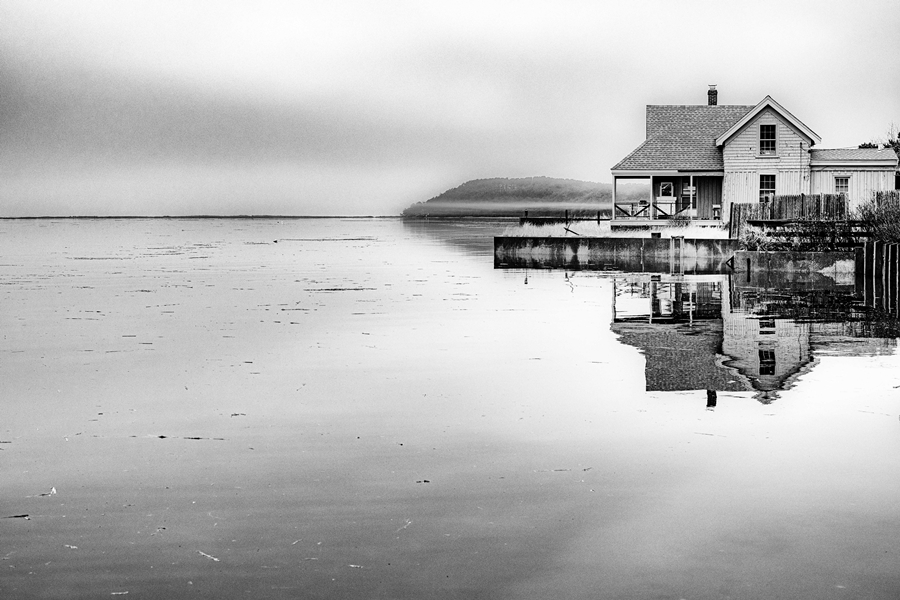
“There’s a strange collection of us here,” says Johnson of the Pleasant Point neighborhood. “I don’t know if the Point is weirder than most places, or if I just know it better.”
For Johnson, getting to know the Point in all its beauty and strangeness involved taking thousands of photographs. His most enduring subject has been a house by Pleasant Point Landing, a few houses down from his own.
“I’ve been photographing it for 15 or 20 years now,” says Johnson. The simple two-story structure with a wraparound porch sits on a piece of land extending into Blackfish Creek. It’s another microcosm of a peripheral place. In a show opening on Dec. 1 at Wellfleet Preservation Hall, Johnson is exhibiting a selection of these photographs along with images of the surrounding environment.
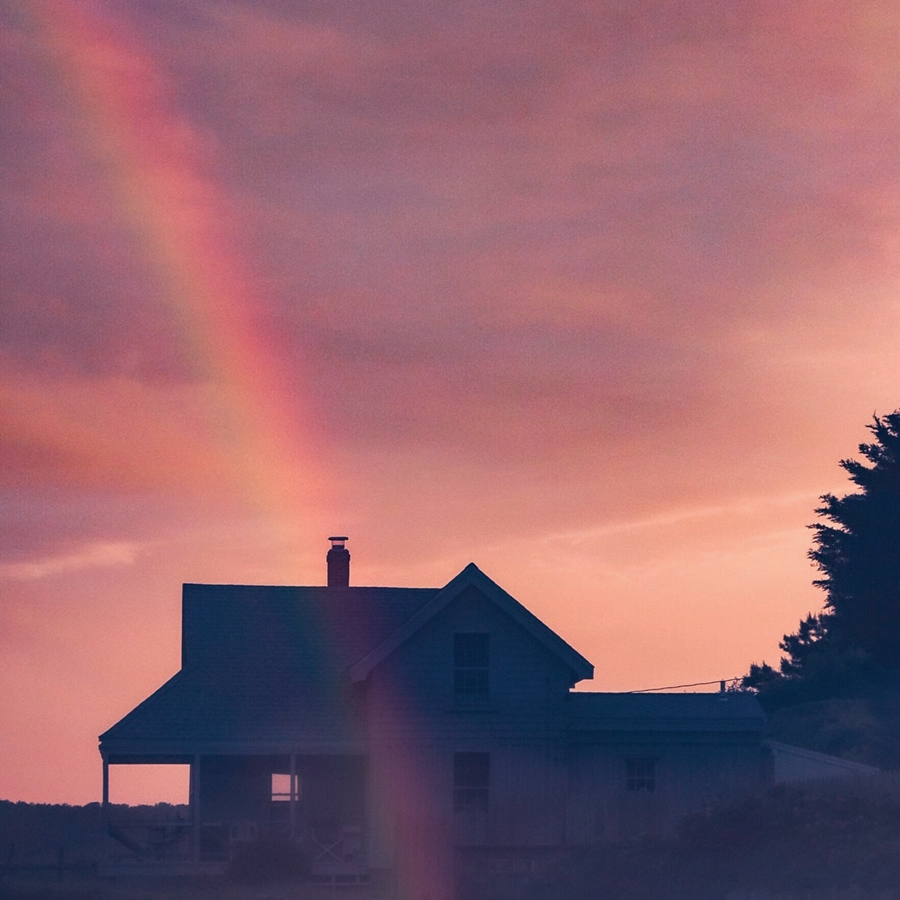
Johnson’s penchant for photographing his immediate surroundings had a dramatic beginning.
“The first picture I remember taking was when I was about eight and we were in Yellowstone Park,” he says. “A bear was climbing on our car, and my parents freaked. I just grabbed my mother’s Brownie for some reason and took a picture of it.” As he grew older, Johnson began to photograph what was around him as a way to memorialize events — not unlike the way people use iPhones today, he says.
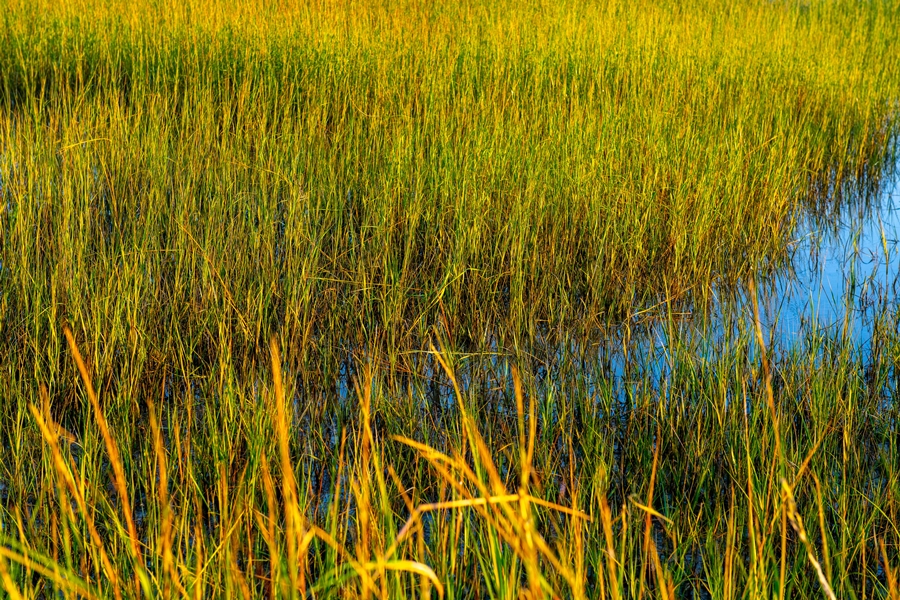
Photography remained a side interest for Johnson while he pursued a career in theater and then in the hotel industry, where he managed audio-visual systems for events. In 2011, he was unemployed and caring for Alford, who was recovering from breast cancer treatment. (Both Alford and Johnson are frequent contributors to the Independent.)
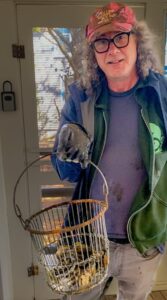
“Katherine said, ‘Please just go out and do something; you’re driving me nuts,’ ” recalls Johnson. He started shooting the Hudson River, near their other home on Manhattan’s Upper West Side. Photography soon blossomed into a disciplined passion — and a new career.
In Johnson’s moody photographs of his Cape environs, the house on the creek often seems to float on the water. It appears as an ephemeral structure separated from the elements only by a concrete seawall. His emphasis on atmosphere further melds the house to its environment.
In one miraculous picture a rainbow seemingly cuts through the fragile blue silhouette of the house, which sits against a luminous pink sky. In another photo, the silvery tones of a still, cloudy day reverberate through the grays of the house’s shingles, siding, and dark shadows. The angles of the house echoing in a landform rising in the distance further connects the structure to the landscape. Yet, despite its integration with nature, the house also stands apart. Its rigid architectural lines are anomalous to the soft, organic lines and atmospheric light of its environment.
Because the house is thus separated from the landscape, it functions as a multidimensional symbol.
“It just juts out there, and if you shoot it correctly, it looks alone,” says Johnson. “Having spent winters in Wellfleet, that’s kind of how you feel.” His working title for the project was “Lonely House,” but it didn’t feel quite right. “It’s not lonely, because it’s surrounded by nature,” he says. Solitude is a word he lands upon that feels more accurate.
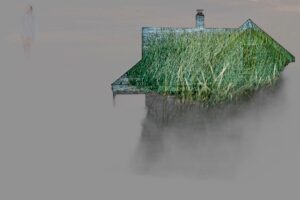
His final title, “Pleasant Point — Pain(e) Hollow,” draws on the somber history of Blackfish Creek.
“The work is dark,” says Johnson, “which surprises me, because Blackfish in the summer is nothing but bright and wonderful. But this is about life on Blackfish, tying all the way back to the 1880s blackfish massacre.” He’s referring to an event in 1884 when a school of about 1,500 pilot whales, commonly known as blackfish, were driven into Blackfish Creek. The whales were killed, their oil harvested, and the rich proceeds divided among 300 inhabitants of the town.

In the house’s anthropomorphic quality, Johnson references the uneasy relationship between humans and nature. Night (1:15 a.m. — 8/14/15) is perhaps his darkest image. Here the house is a dominating black shape against a starlit night. Johnson’s slow exposure casts a quivering blur over the image, recalling the area’s haunted history.
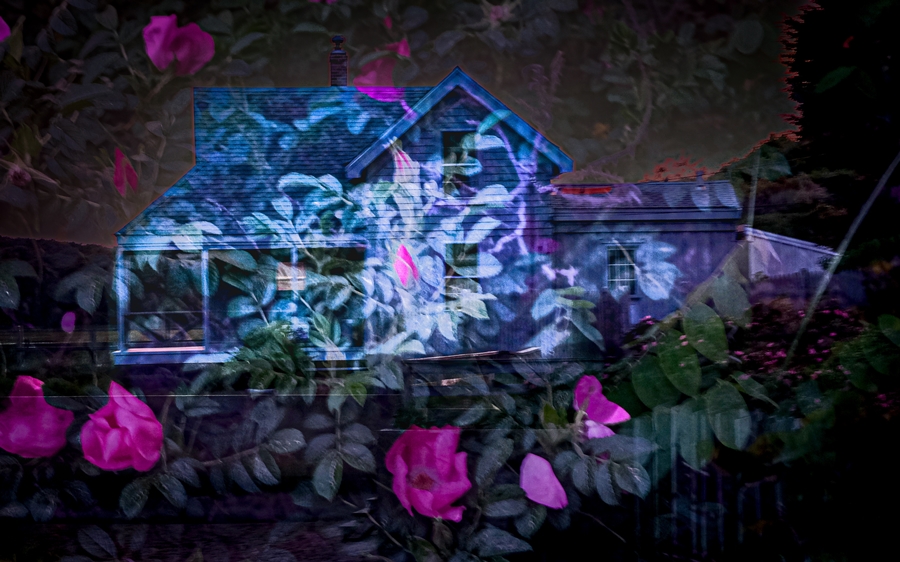
In other images, nature is dominant, even vengeful. For these, Johnson used a digital technique mimicking double exposure. In Shrouded Shanty, the house is overlaid with a tangle of beach roses, and in Unaware the house is just a shape filled with beach grass, dissolving into fog.
“No matter how hard you fight, nature is going to win,” says Johnson. “The planet will repair itself. We’re guests here.”
‘Pleasant Point — Pain(e) Hollow’
The event: Photography by Robert S Johnson
The time: Dec. 1, 2023 to Jan. 2, 2024; opening reception Thursday, Dec. 7, 5 to 7 p.m.
The place: Wellfleet Preservation Hall, 335 Main St.
The cost: Free
Editor’s note: An earlier version of this article, published in print on Nov. 30, incorrectly reported the year that Johnson began pursuing photography as a career. It was 2011, not 2008.



